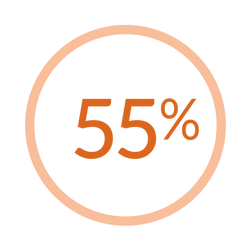
What Is Human Trafficking?
Human trafficking is a serious crime involving the exploitation of individuals for labor, services, or commercial sex through force, fraud, or coercion.

Did You Know?
-
Since the beginning of COVID-19, online grooming has risen 800%
-
While those identifying as LGBTQIA+ comprise
approximately 10% of the population, they constitute upwards of 40% of homeless youth, placing them at greater risk than their heteronormative peers of being trafficked
-
The number one factor in preventing exploitation is one supportive adult in a youth’s life
-
Less than 3% of trafficking cases involve abduction
-
The Colorado Human Trafficking Hotline has access to many resources and support systems to assist those who wish to escape.
Call (303) 295-0451 for help.





are trafficked by someone they know well
of the labor trafficking cases in Colorado involving immigrants
is the average age of a child’s entry into sex trafficking
of trafficking victims are from the child welfare system
.jpg)
Risk Factors
-
History of sexual, physical and/or emotional abuse
-
Foster care
-
Involvement in child welfare or juvenile justice system
-
Homelessness/Runaway
-
Food scarcity
-
Those who identify LGBTQIA+
-
BIPOC (Black, Indigenous, People of Color)
-
Substance abuse
-
Normalization of prostitution/sex trafficking
-
Undocumented immigrant
-
Intellectual, developmental, and/or physical disabilities
While these risk factors significantly increase vulnerability, it's crucial to understand that trafficking can affect any young person, regardless of their background or circumstances. All youth who lack awareness and education about trafficking tactics are potentially at risk. Therefore, comprehensive education on trafficking awareness, critical thinking skills, online safety, and healthy relationships is essential for all youth as a primary line of defense against traffickers' strategies.